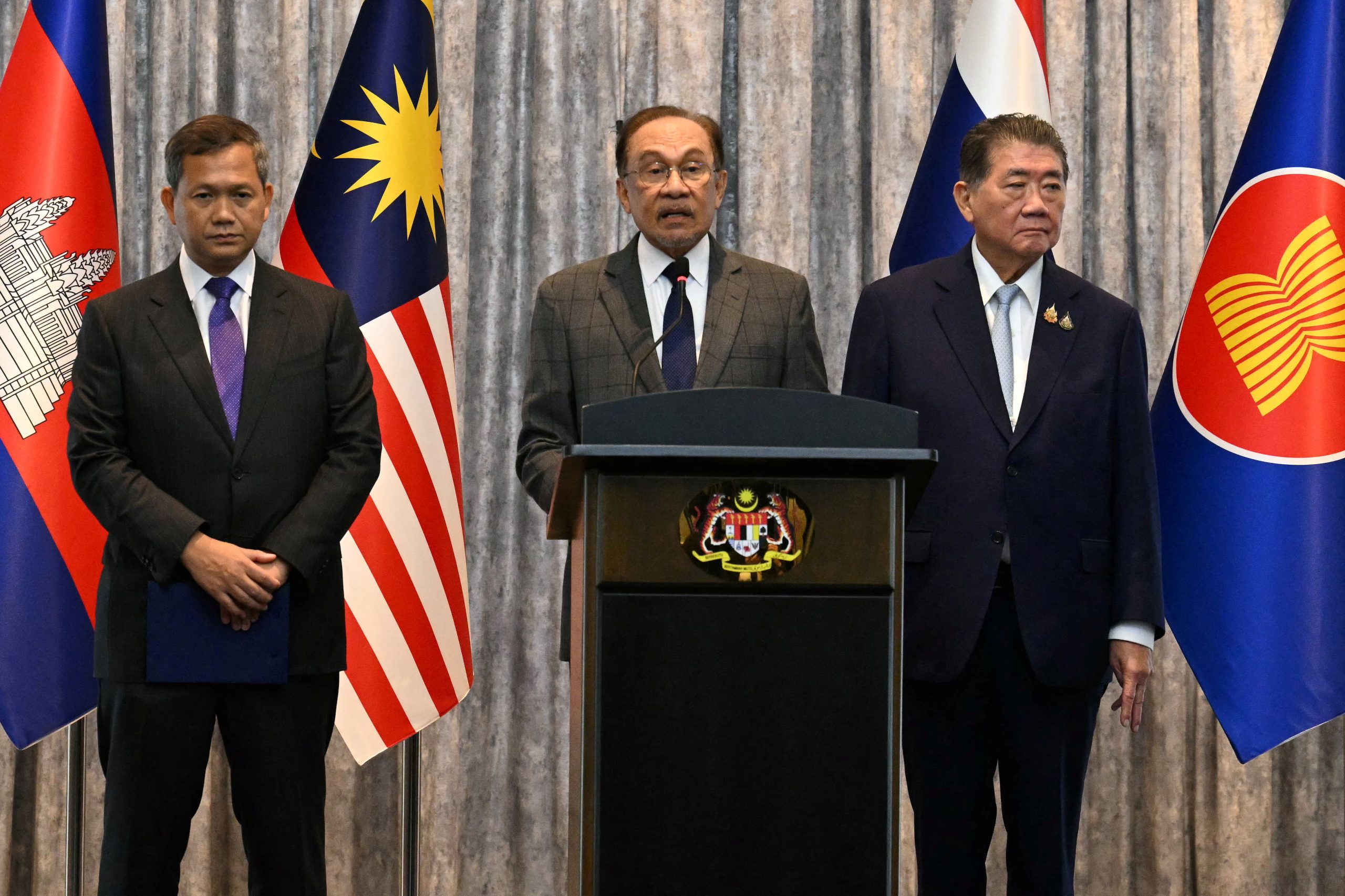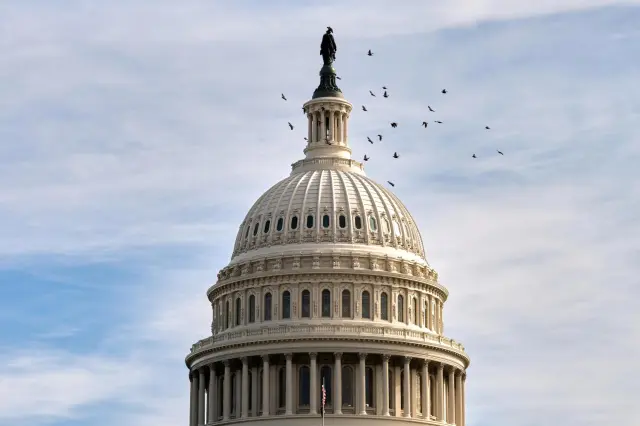THAILAND–CAMBODIA EDGE TOWARD CEASE-FIRE ACCORD AT ASEAN

From border clashes to a framework for quiet
Malaysia, as ASEAN chair, says Thailand and Cambodia are close to sealing a cease-fire deal after months of deadly clashes along their undemarcated frontier. The envisaged Kuala Lumpur Accord would formalize the July truce, set timelines for pulling back heavy weapons, and accelerate mine-clearing in contested zones. U.S. President Donald Trump is expected at the Oct. 26–28 summit to bless the pact, part of a wider push to dial down regional flashpoints. Diplomats caution that verification and command discipline on both sides will decide whether the calm holds. Hundreds of thousands displaced by the summer fighting remain a humanitarian priority. For families straddling the 817-kilometer border, reliable crossings and local-market reopenings would be the first tangible peace dividend.
Security trade-offs and the road to normalization
Bangkok and Phnom Penh want a deal that soldiers can execute and politicians can sell. A phased plan under discussion pairs troop withdrawals with joint patrols and liaison hotlines, while a tri-national demining task force—backed by donor funds—would target safe corridors for aid and trade. Land-boundary talks would restart under a “no surprises” rule: new outposts pause, maps are shared, and incident boards meet weekly. Business groups are watching logistics: insurers need clarity on risk, truckers on convoy rules, and exporters on customs lanes. Regionally, ASEAN seeks a win that shows it can manage disputes without great-power scripts. For Washington, a signed text would signal restored crisis-management credibility; for the parties, it is a test of whether battlefield logic can yield to borderland livelihoods and political restraint.



















